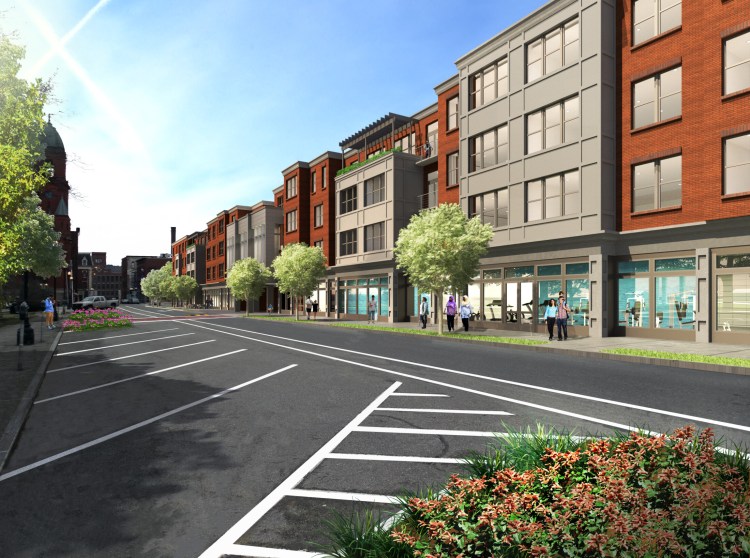What does it take to turn a neighborhood around? Lewiston is about to find out.
The city has spent the last couple of years looking hard at its downtown, particularly the “Tree Streets” neighborhood near Kennedy Park, long one of the most impoverished areas in the state.
Nearly half of the residents of the neighborhood live below the federal poverty limit. Unemployment is more than 2½ times higher here than in the city as a whole.
It’s a neighborhood where French-Canadian immigrants came to work the mills. The mills are gone, and with them went a lot of opportunity for working-class residents.
Immigrants are still there, however, now mostly from African nations, starting with Somalis who went there seeking relative safety and cheap housing.
The two groups live there side by side now, sometimes uneasily. Many Mainers, in Lewiston and elsewhere, are quick to point out the differences.
However, they face a lot of the same challenges too. They live in the same substandard housing, walk the same poorly lit and unfriendly streets, suffer with the same health issues, and struggle to get ahead in the same way.
Such widespread, similar problems point to larger, systemic problems in the neighborhood. Long-term neglect and broader economic forces have made it the way it is, and have driven private investment away. Something big is needed to prime the pump.
Lewiston now has such a plan. Using a grant from the U.S. Department of Housing and Urban Development, the city – with the help of more than 400 residents – developed a proposal with the right scope and targets.
The plan would completely reinvent blocks of the neighborhood, replacing old, unsafe housing – much of it poisoned with lead – with new units, split between affordable and market rate, often built in mixed-use developments to open the way for shops and eateries.
The plan calls for community areas, too, and safer walkways. It says the supports necessary to help residents – citizenship and language courses, adult education, health care, nutritional food – should be offered in the neighborhood.
If the plan just brought more affordable, safe housing to the neighborhood, that would be cause for celebration. But what Lewiston is doing is building a community, based on what the community says it wants. It’s aiming for a place that will bring residents together, and allow them to live healthier, more fulfilling lives. If they’re successful, private investment will follow, multiplying the gains.
It’s a new way to think of underserved, high-poverty areas. It is perfectly suited for places such as Maine where the loss of traditional industries have hurt the working class, and where immigrants must be part of any plan to support an aging population.
The plan takes into account the city’s biggest challenges, but also looks ahead toward a hopeful future. Other cities in Maine should take note.
Send questions/comments to the editors.



Comments are no longer available on this story